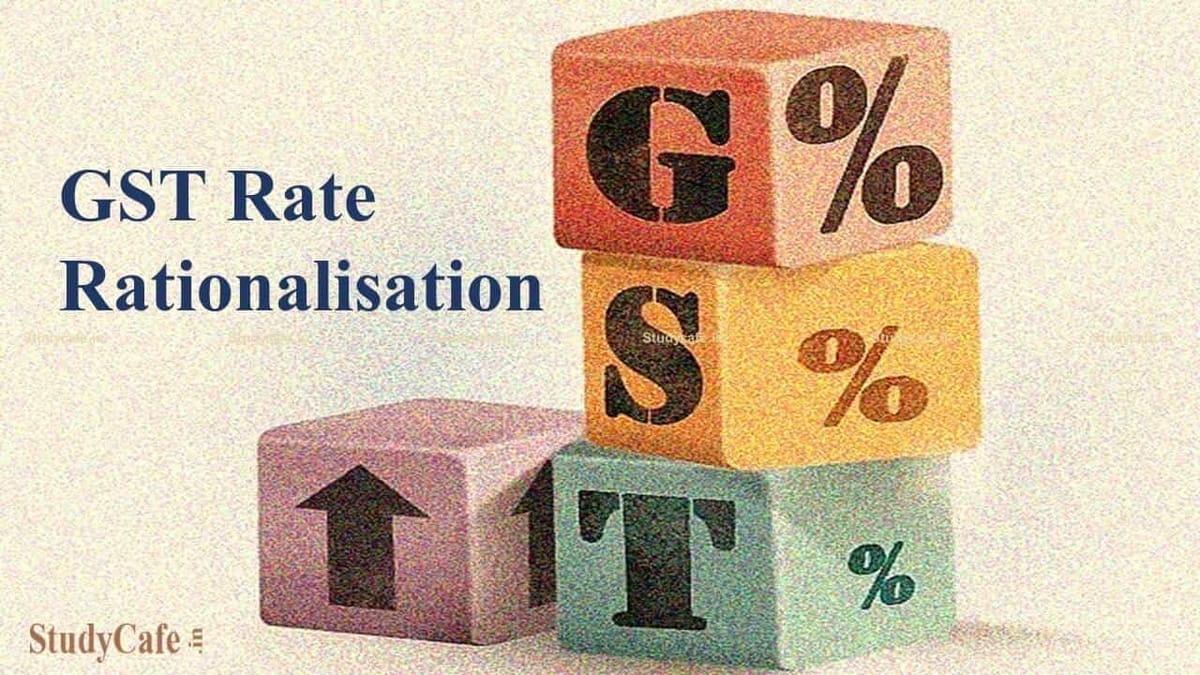Reetu | Nov 25, 2021 |

GOM to meet on November 27 to finalise report on GST rate rationalisation
The panel of state finance ministers investigating GST rate rationalisation will meet on November 27 to finalise its report on rate modifications to broaden the revenue base.
According to sources, the Fitment group, comprised of tax officers from states and the central government, has made numerous “sweeping” proposals about slab and rate modifications, as well as the removal of products from the exemption list.
The recommendations will be reviewed at the meeting, but not all of them will be approved in their entirety.
The GoM, which was formed in September, is holding its third meeting. It was given two months to submit a report.
The Rate Rationalization Group of Ministers (GoM) is led by Karnataka Chief Minister Basavaraj Bommai and includes West Bengal Finance Minister Amit Mitra, Kerala Finance Minister K N Balagopal, and Bihar Deputy Chief Minister Tarkishore Prasad.
According to reports, the ministerial panel’s report would be finalised at this meeting and delivered to the GST Council when it meets next month.
The GoM will also review items under an inverted duty structure to help minimise refund payout and review the supply of goods and services exempt under the Goods and Services Tax with the goal of expanding the tax base and eliminating the breaking of the input tax credit (ITC) chain at its meeting on November 27.
GST is currently a four-tier slab structure of 5%, 12%, 18%, and 28%. Essential items are either exempted or taxed at the lowest rate, whilst luxury and demerit items are charged at the highest rate. A cess is paid on luxury and demerit items at the top of the highest scale.
To offset the impact of slab rationalisation on revenue, some have proposed merging the 12 and 18 percent slabs as well as removing specific items from the exempt list.
Concerning the inverted duty structure, the GST Council has already remedied the rate anomaly in the cases of mobile phones, footwear, and textiles.
The ministerial group would also examine representations of inverted duty structures and recommend appropriate rates to eliminate circumstances where final commodities attract a lower GST than the tax charged on their inputs.
In case of any Doubt regarding Membership you can mail us at contact@studycafe.in
Join Studycafe's WhatsApp Group or Telegram Channel for Latest Updates on Government Job, Sarkari Naukri, Private Jobs, Income Tax, GST, Companies Act, Judgements and CA, CS, ICWA, and MUCH MORE!"